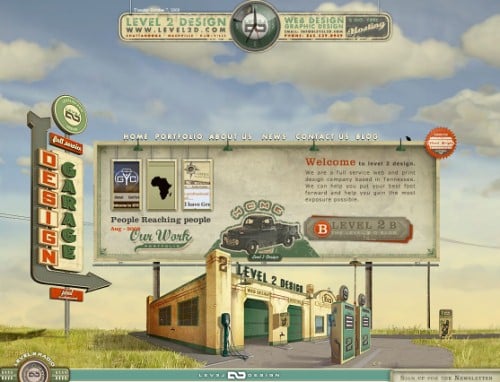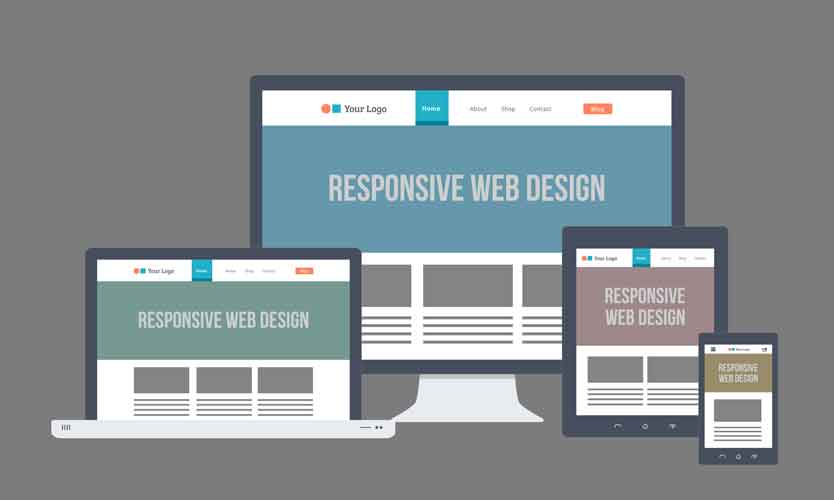Introduction
By connecting people beyond national boundaries and cultural norms, the internet has turned the world into a global village. It is crucial, whether you are the owner of a website or the creator of one, to recognize that the appearance of your website can change substantially from one country to another. In this piece, we’ll delve into the intriguing realm of website localization and investigate how the appearance of your site changes depending on the country from which it’s being accessed. See how my website looks in different countries.
Understanding Website Localization
The process of customizing your website to satisfy the specific language, cultural, and regulatory needs of a variety of distinct target markets is referred to as website localization. It goes beyond merely translating the text into another language; instead, it involves adapting the content, design, and functionality of the website so that it meets the preferences and expectations of a certain audience.

The Importance of Localization
The success of your website can be considerably impacted by the level of localization you put into it. Localization is not only a matter of aesthetics. When people from different parts of the world visit your website, they should get the impression that it was designed specifically for them. This not only improves the user experience but also has the potential to elevate the performance of your website and its credibility in the international market. Find how my website looks in different country here.
Visual Elements and Language
The language that is utilized is one of the distinctions that stands out the most when users from different countries access the same website. The material will be displayed in the visitor’s native language if your website makes an effort to localize it for that particular country or region. This pertains to both the written word as well as the visual components as well.
Language Adaptation
Your website’s material, including headers and body content, will be translated into the language that is being targeted. Because words and phrases in various languages have varying lengths, the layout and design of your website may need to be modified in order to accommodate these changes. This translation may have a considerable impact on the appearance of your website.
Visual Adaptation
In addition to the text, the whole visual design could also be subject to modification. To more effectively connect with one’s intended demographic, one may experiment with a variety of color schemes, images, and even the application of culturally significant icons or symbols. For instance, in Western nations, the color red is commonly connected with feelings of excitement and love, yet in many Asian cultures, the color red is symbolic of luck and pleasure.

Layout and Formatting
Accessing your website from a different country may also result in a different layout and formatting of the content on the page. This is especially important to keep in mind while working with languages like Arabic and Hebrew, which are read from the right to the left.
Right-to-Left Languages
Your website’s layout will be read from right to left in nations where that direction of writing is more common. This indicates that items such as navigation bars, pictures, and others may modify their positions. In addition, the user interface elements of your website, such as buttons and forms, will be modified so that they are compatible with the right-to-left reading direction. Click this.
Currency and Date Formats
The way that dates and currencies are displayed in various countries may also cause your website’s design to shift. For instance, the positioning of currency symbols, decimal points, and the sequence in which date components are listed (day, month, year) are all subject to change. A correct application of localization guarantees that items of this kind are shown appropriately for each location.

Local Regulations and Content
When it comes to information available online, governments have enacted a variety of different regulatory frameworks. Your website might need to be modified in order for it to be in compliance with these restrictions because they can specify what is permitted and what is not.
Legal Notices and Disclaimers
Certain legal notices and disclaimers may be obligatory in certain jurisdictions, but not others. There is a possibility that the look of your website will shift when it combines these aspects to guarantee compliance.
Content Restrictions
It’s possible that some stuff that’s legal in one jurisdiction could be restricted or even outright banned in another. Some nations, for instance, can have more stringent regulations in place addressing sexual content, gambling, or political discourse. It’s possible that the visitor’s location will require your website to hide or modify certain material, depending on where they are located.
Performance and Server Location
Users from various countries may see a difference in the appearance of your website because of the actual location of the server that runs it.
Load Times
The amount of time it takes for a page to load is affected by factors such as its distance from the user. It’s possible that your website will load more slowly for users in other countries if your server is servicing a distant country. This can have an effect on how users view the responsiveness of your site as well as the design in general.
Server Localization
Some websites choose to use server localization, which refers to the practice of hosting a duplicate of the website on servers servicing several regions. This shortens the amount of time it takes for users in certain locations to load content, which in turn helps to keep the user experience consistent.
Conclusion

Because of the interconnected nature of the internet, the design of your website can shift significantly depending on which country the user is accessing it from. It is essential to note that localizing a website entails more than simply translating its content; rather, it requires modifying all components of your site to ensure that it connects with the cultural preferences, linguistic preferences, and regulatory preferences of your target audience. You may develop a digital presence that is appealing to people all over the world and connects with users from a variety of different regions by making an investment in the efficient localization of your website. Find how my website looks in different countries here.




